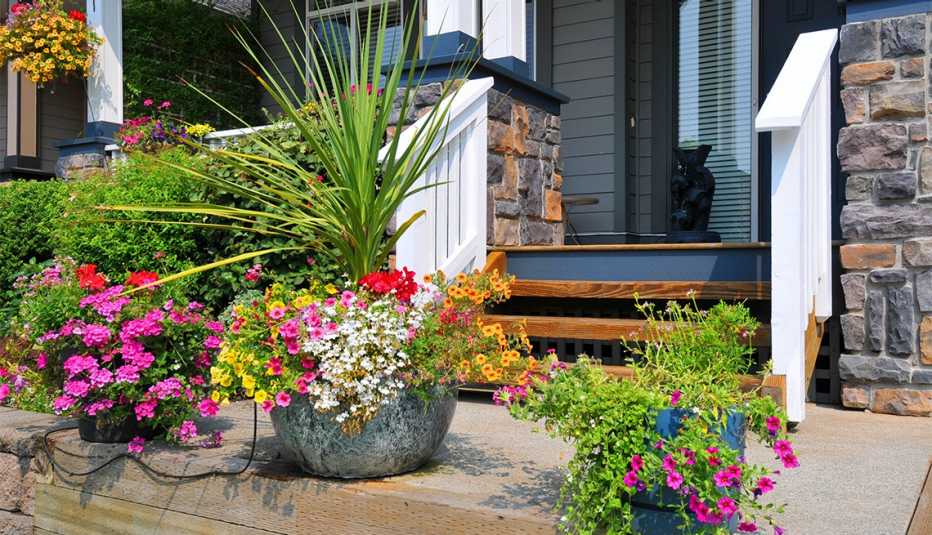Staying Fit
Flowers make a dinner party festive, provide a burst of color in a bedroom and brighten spaces and moods.
But there’s more to creating a beautiful arrangement — and keeping it looking good — than just sticking flowers in a vase. With a little preparation and by learning some tricks of the trade, you can assemble dazzling floral arrangements using the same techniques the professionals do.


AARP Membership— $12 for your first year when you sign up for Automatic Renewal
Get instant access to members-only products and hundreds of discounts, a free second membership, and a subscription to AARP the Magazine.
Before you start cutting and arranging, however, think about where the flowers will be displayed. Is the arrangement for the table at a family brunch or for your fireplace mantel? The answer may affect which flowers and container you choose. Tall vases, for example, may thwart conversation at a table but make a striking statement when placed in a stairwell.
“The ultimate goal of having flowers is to enjoy them,” says Calvert Crary, executive director at FlowerSchool New York and FlowerSchool Los Angeles. “Doing flowers is a kind of Zen: You prepare the flowers, they pass and you’re done. It’s a constant artistic endeavor.”
Here are nine simple steps to arranging flowers like a professional.
1. Select the right flowers
Color is often the starting point for your bouquet. If you’re new to floral arranging, you may want to pick different hues of one color — various yellows, for instance — to create a modern, monochromatic look. Or mix it up, says Daarina Farooq-Jannah, owner and lead floral designer at Blourish in Atlanta, who likes to use a variety of colors that “really makes your flowers pop.”
Crary suggests figuring out what colors you want before choosing the flowers. Using a color wheel, such as the 12-color wheel in his book, Flower School: A Practical Guide to the Art of Flower Arranging, may help you find complementary colors.
One method is to follow a color range, choosing different flowers in various shades of one color. “If purple is your favorite color, go to the store and buy all the shades of purple flowers you can find,” Crary says. Or you can select flowers in two shades of the same color and mix them with white or cream flowers, or choose seasonal colors like reds for fall or blues for winter, he adds.
One approach is to match the color of the flowers with the color of the walls or fabric in the place where they’ll be displayed, Crary says.
You also can choose flowers based on their size. Crary likes to pair flowers of similar shapes, such as tall flowers with other tall flowers, like delphiniums and lilies.
Some people seek out seasonal flowers to support local farms and sustainability — and they may cost less than imported varieties. Other flowers, including roses and orchids, are available year-round at grocery stores, flower markets and other outlets.







































































